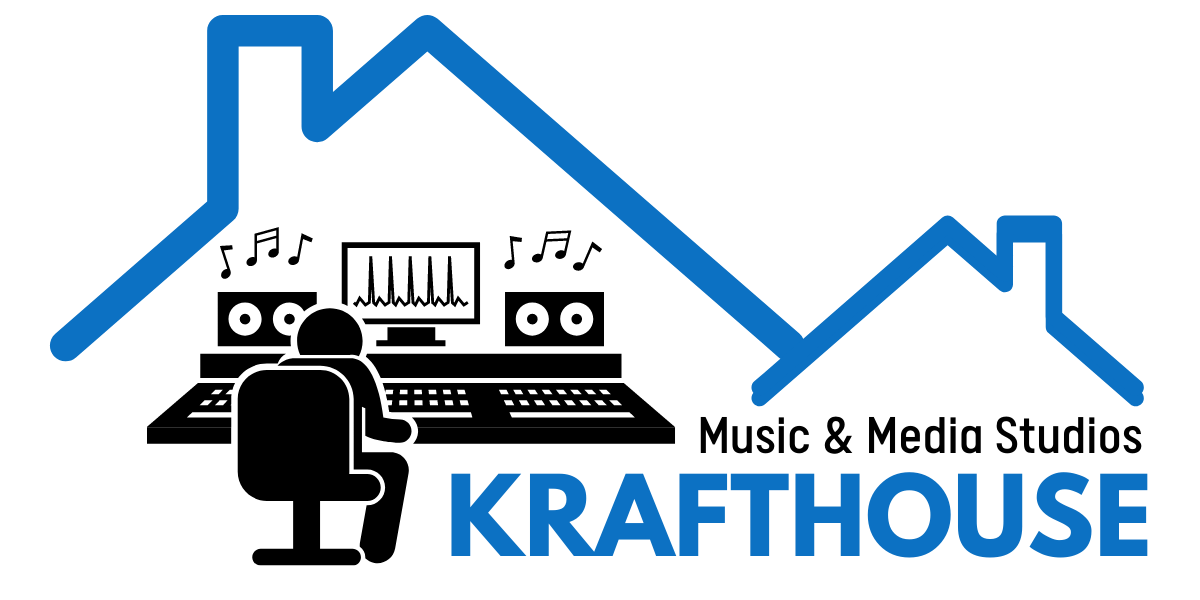Getting your music heard is just as important as making it. I’ve seen way too many talented artists put out great songs only for them to disappear into the void because they didn’t have a solid distribution plan. It doesn’t matter if your track is radio-ready, mixed to perfection, and sonically flawless—if no one hears it, you’re leaving opportunities on the table. In today’s industry, independent artists have more control over their distribution than ever before, but with so many platforms and strategies out there, it’s easy to get lost. Here’s how to properly distribute your music and make sure it reaches the right audience.
First, you need to decide whether you’re going independent or working with a label. Major labels handle distribution for their artists, getting their songs on every major streaming platform, radio station, and playlist. But for independent artists, distribution services like DistroKid, TuneCore, CD Baby, and UnitedMasters provide an easy way to get your music onto Spotify, Apple Music, Tidal, and other digital stores. Each service has its pros and cons—some charge an upfront fee, while others take a percentage of your royalties. Knowing which one aligns with your long-term goals is key.
Once your music is out, playlisting is one of the most powerful ways to gain traction. Spotify editorial playlists, user-curated playlists, and algorithmic playlists can all boost your streams significantly. Submitting your tracks through Spotify for Artists before release gives you a chance to land on editorial playlists, but don’t sleep on independent curators who run their own massive playlists. Reaching out to playlist curators with a solid pitch can get your track in front of thousands of listeners.
You also need to have a strong release strategy. Just uploading your track and hoping for the best won’t cut it. Teasing your music on social media, dropping behind-the-scenes content, engaging with your audience, and building anticipation all help create momentum. Many successful artists now treat their music like a product launch, creating hype with countdowns, giveaways, or even TikTok challenges. The first 24-48 hours after release are crucial for triggering streaming algorithms, so you want as much engagement as possible.
Don’t forget about physical distribution and direct-to-fan sales. Vinyl, CDs, and even exclusive digital downloads still have a market, especially if you have a loyal fanbase. Platforms like Bandcamp allow artists to sell directly to fans while keeping a bigger cut of their profits. If you’re an artist with a strong local following, selling physical copies at shows or bundled with merch can also be a great way to maximize revenue. ️
Marketing your music goes hand in hand with distribution. Just because your song is on streaming platforms doesn’t mean people will find it. Running Facebook, Instagram, and YouTube ads, leveraging influencer marketing, and using SEO-friendly descriptions on YouTube and SoundCloud all increase discoverability. Social media engagement is key—responding to comments, sharing user-generated content, and keeping your audience involved makes them more likely to share your music.
The final step is analyzing your data. Every streaming platform provides analytics on listener demographics, locations, and engagement. Spotify for Artists, Apple Music for Artists, and YouTube Studio offer insights that help you understand where your audience is coming from. This information is gold—it tells you which songs perform best, which cities have the most listeners (for planning tours), and what marketing strategies are working.
At Krafthouse, we don’t just focus on making great music—we help artists build sustainable careers by ensuring their music gets heard. Whether it’s music distribution, marketing strategies, or industry insights, we’ve got the expertise to help you maximize your reach and impact. ️
